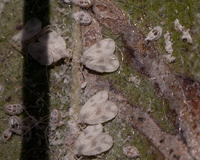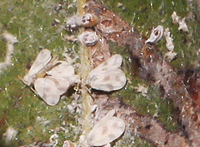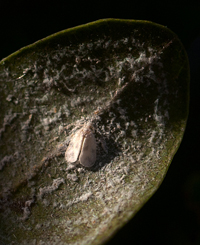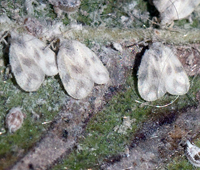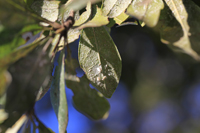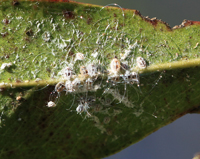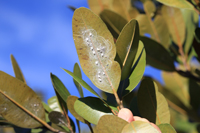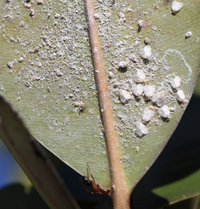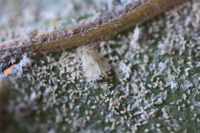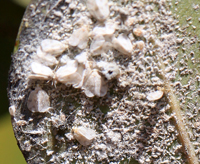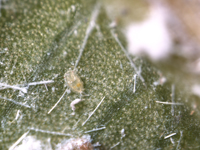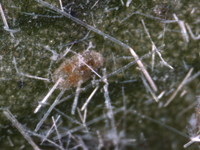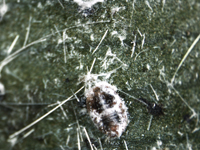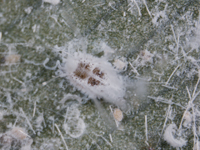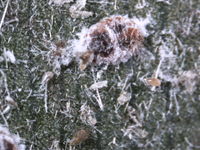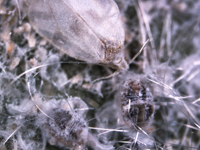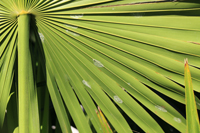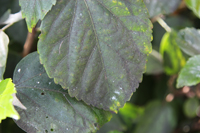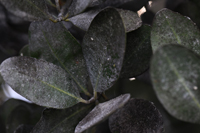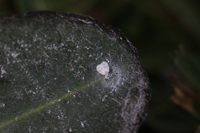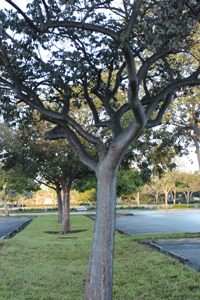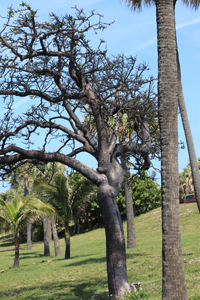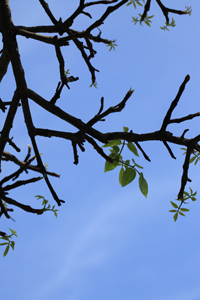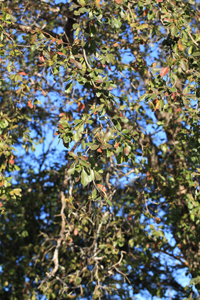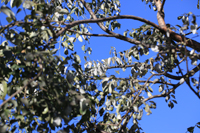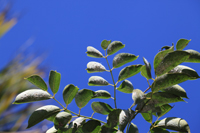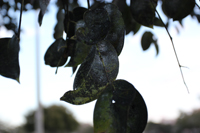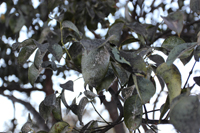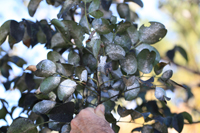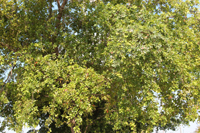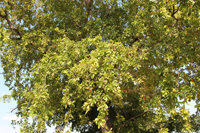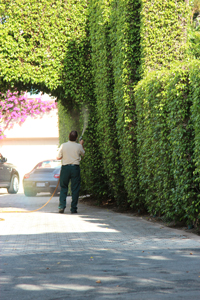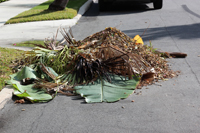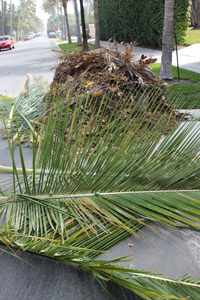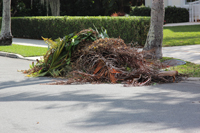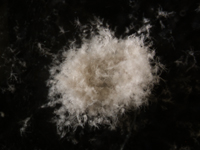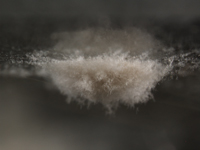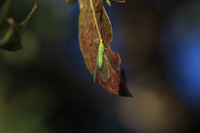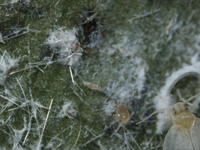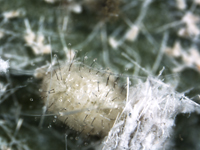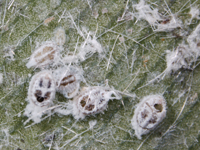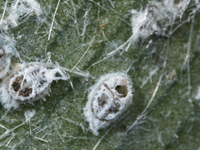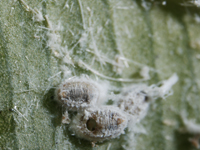The Rugose Spiraling WhiteflyAleurodicus rugioperculatus Martin
If you want to view a larger version of any photo contained in this website,PLEASE CLICK ON THE PHOTO!NEWThe following links are to photos of the site where we released the predatory beetle Nephaspis oculatus (links to videos of this beetle feeding on whiteflies are at the end of this page). All of the photos wer taken of the same tree.This site was also treated twice with an insect pathogenic fungi which is sold as Preferal. The site was treated a few weeks prior to the release of beetles in February 22, 2012. You will note that the whitefly population continued to increase until June where we noted a significant decrease in whitefly numbers while the number of beetles had increased significantly. On August 8, 2012 the whitefly the population appears to be increasing while only one beetle was observed. We were told the trees had been treated with insecticide 2 weeks earlier. There are many questions we have about what is actually going on at his site!Release of Predators at Phipps Ocean Park - Palm Beach LINK2-29-2012 PHIPPS OCEAN PARK LINKUneditied Rough VideoLINK 1LINK 25-8-2012 PHIPPS OCEAN PARK LINK6-12-2012 PHIPPS OCEAN PARK LINK8-17-2012 PHIPPS OCEAN PARK LINKUneditied Rough Video LINK 1Lacewing larvae are often found feeding on the Rugose spiraling whitefly.VIDEO LINKYouTubeClick Here: to view a video of Encasia quadeloupae inside a Giant Whitefly. This wasp attacks multiple species of whitefly.Release of Encarsia guadeloupae Viggiani and Encarsia noyesi (Hayat, 1983) for the control of the Rugose spiraling whitefly.VIDEO LINKYouTubeClick Here: to view a video of a recently emerged adult whitefly (sorry, not much action).Click Here: to view a video of an adult Nephaspis oculatus feeding on the Rugose spiraling whitefly. This predator attacks multiple species of whitefly.Click Here: to view a video of a Nephaspis oculatus larva searching for a Rugose spiraling whitefly egg or nymph to feed on. This predator attacks multiple species of whitefly.
_________________________________________________________________ADULTS
Click Here: to view a video of a recently emerged adult whitefly (sorry, not much action)._________________________________________________________________NYMPHSYoungFourth InstarEmpty ExoskeletonNote how there is a T-shaped rip in the exoskeleton which allowed the adult to emerge from the “body” of the fourth nymphal stage._________________________________________________________________EGG SPIRALS_________________________________________________________________DAMAGESooty mold and honey dew on hibiscus plants below an infested tree.____________________________________________Sooty mold and honey dew on plants below an infested tree.____________________________________________ |
||
|---|---|---|
